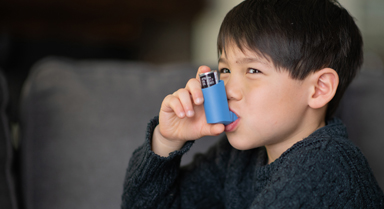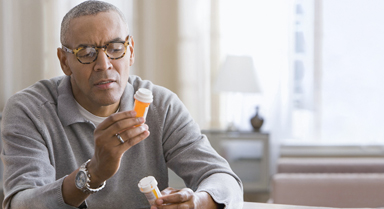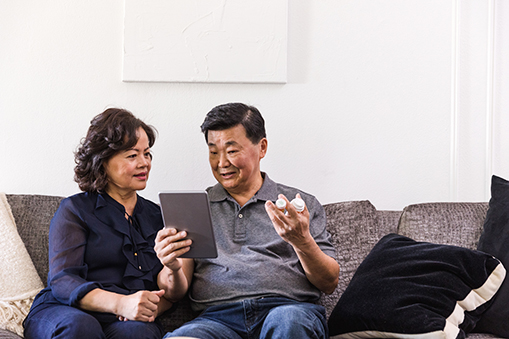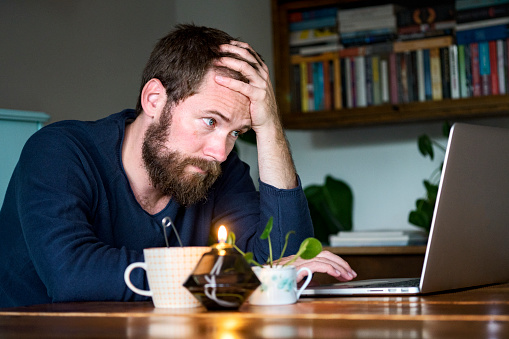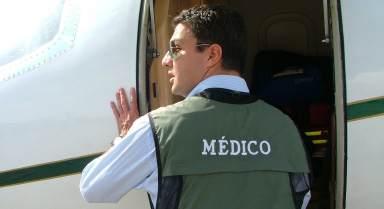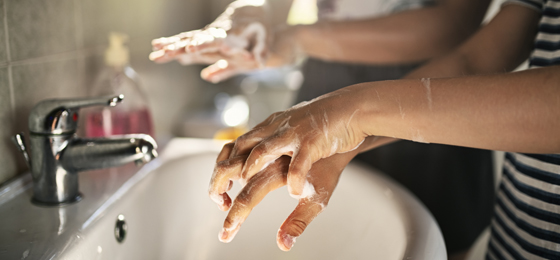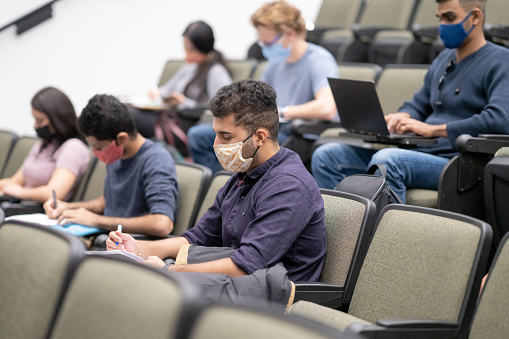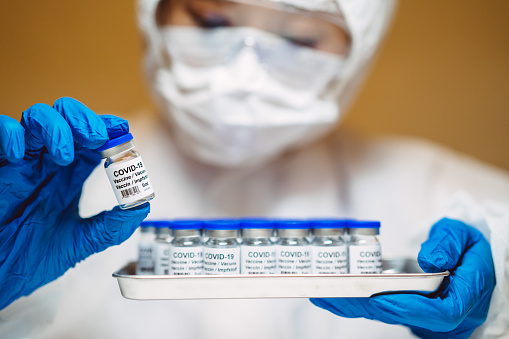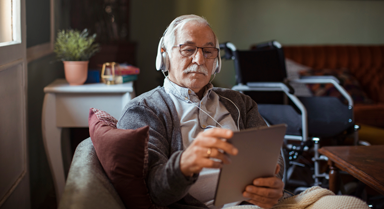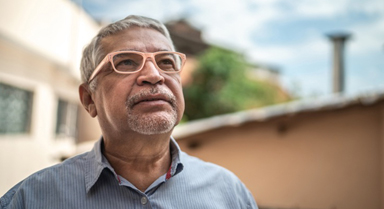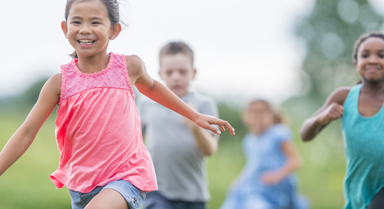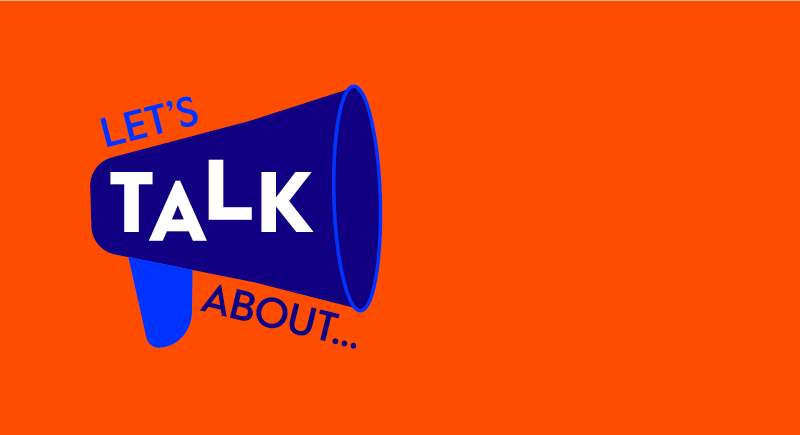According to the World Health Organization (WHO) the recommended levels of daily physical activity for healthy adults are 20 minutes of moderate-intensity aerobic physical activity or at least 10 minutes of vigorous-intensity aerobic physical activity.2 But being active does not have to be as challenging as you may think. Here are some suggestions to help you be more active:
- Pick sports or activities that you enjoy. That way you will be motivated to do them and will also be more likely to keep them up.
- Wake up early, use your lunch break, make exercise part of your commute. Finding time to exercise often means making time, and some types of exercise can be incorporated into other daily activities.
- Set goals that fit your fitness level. Goals that are over-ambitious can make you feel disappointed or discouraged. For instance, if you have recently started running, instead of signing up for a marathon, opt for a 5km race instead.
- Use a fitness tracker to track your progress. Being able to track your activity as well as your sleep and dietary habits can motivate you to make positive changes towards improving your lifestyle.
- Plan social activities that involve exercise. For example, take a dancing class with a friend or form a football group with colleagues from work. This will not only add fun to your exercise, but, by involving friends, you will stay motivated and you can be held accountable!
- Find at least 30-minute time slots in your day for exercise and add them to your diary. That way activity can become part of your daily routine, and, with time, a habit.
At the end of the day, no matter where you are, what time of day it is, or which activity you choose, the most important thing is to find time to exercise and stay active. Just a few minutes a day can contribute to both your short-term and long-term wellbeing.
Download the Cigna Wellbeing® App* to access exercise programs you can follow at home or on the go! You can also find more information on how to improve your fitness and sleep habits, and manage stress levels and nutrition with the help of our team of wellness and medical experts.
1. Guthold R, Stevens GA, Riley LM, Bull FC. Worldwide trends in insufficient physical activity from 2001 to 2016: a pooled analysis of 358 population-based surveys with 1· 9 million participants. The Lancet Global Health. 2018 Oct 1;6(10):e1077-86. doi:10.1016/S2214-109X(18)30357-7.
2. Physical Activity and Adults. WHO. https://www.who.int/dietphysicalactivity/factsheet_adults/en/. Accessed March 02, 2019.
*Products and services are subject to availability and may not be available in all jurisdictions. The downloading and use of the Cigna Wellbeing app is subject to the terms and conditions of the app and the online store from which it is downloaded. Standard mobile phone carrier and data usage charges apply.
This is general health information and not medical advice or services. You should consult your doctor for medical advice or services, including seeking advice prior to undertaking a new diet or exercise program.






